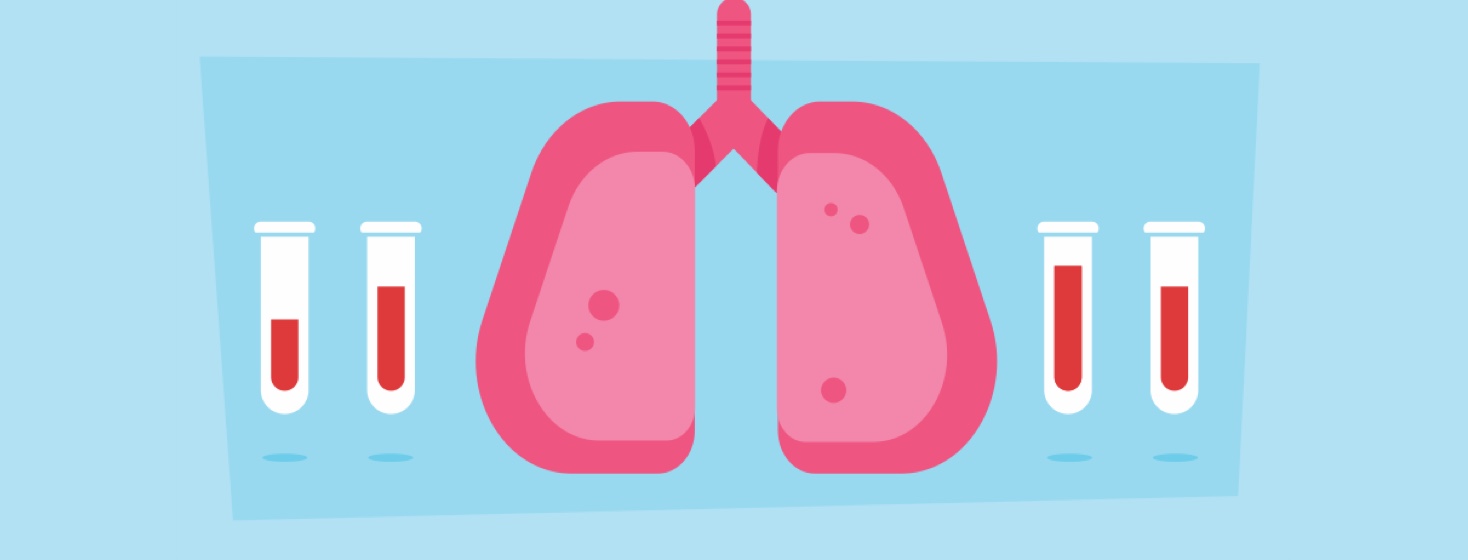Not all EGFR Mutations Are the Same
Many of you understand the importance of having biomarker testing when you are diagnosed with lung cancer. This biomarker testing may indicate that you have an EGFR-positive mutation. But what does that mean?
What does EGFR mean?
First of all, EGFR stands for epidermal growth factor receptor, which is a protein found on the surface of cells in the body. EGFR is a normal part of the body’s functioning and helps cells grow and divide. When an EGFR mutation occurs, this means that there is an error in the gene that tells EGFR how to work. The mutation results in an abnormally large number of signals being sent to tell cells to grow and divide, leading to cancer cells dividing rapidly and forming a tumor.
There are different ways a mutation in EGFR can happen depending on what part of the EGFR gene develops an error. According to a recent study “more than 70 different EGFR mutations have been identified in patients.”1 It is important to ask your doctor the subtype of your EGFR mutation because not all medications work the same for all subtypes of mutations.
Types of EGFR mutations
The most common types of EGFR mutations are exon 19 deletions and exon 21 L858R point mutations. These are considered the “classical” EGFR mutations and are usually very responsive to EGFR targeted therapy drugs such as osimertinib. If you do not have one of these mutations, you may have an exon 20 insertion mutation or an “atypical” mutation (S768I, L861Q, G719X) that might respond better to drugs approved or in clinical trials specifically for these indications. This definitely is something to talk to your doctor about.
It is also useful to know if you have any co-mutations, which are mutations that may occur along with your EGFR mutation. Many people with EGFR-positive lung cancer have mutations in TP53, which is a tumor suppressor gene. In fact, TP53 mutations are common throughout lung cancer and even in different types of cancer in general. Although these mutations are studied often, there is currently a lack of consensus on how or if these mutations can be treated. However, EGFR mutations accompanied by both a TP53 mutation and a mutation in another tumor suppressor gene, RB1, can indicate a chance of future transformation to small cell lung cancer.2 If this is the case, it would be a good idea to discuss possible up-front treatment options with your doctor.
More information about EGFR-positive lung cancer
The EGFR Resisters are proud to start 2022 off with the launch of new downloadable educational resources about EGFR positive lung cancer that will be housed on our website. We have created five fact sheets to help those living with EGFR positive lung cancer and their caretakers to better understand their diagnosis and treatment options and ask the necessary questions. These resources were created in partnership with Breath of Hope, KY and supported by Lilly Oncology.
Helpful EGFR fact sheets and more
We have also developed a welcome video to introduce new members to our group and explain how we can help.
Editor’s Note: We are extremely saddened to say that on June 23, 2024, Ivy Elkins passed away. Ivy’s advocacy efforts and writing continue to reach many. She will be deeply missed.

Join the conversation